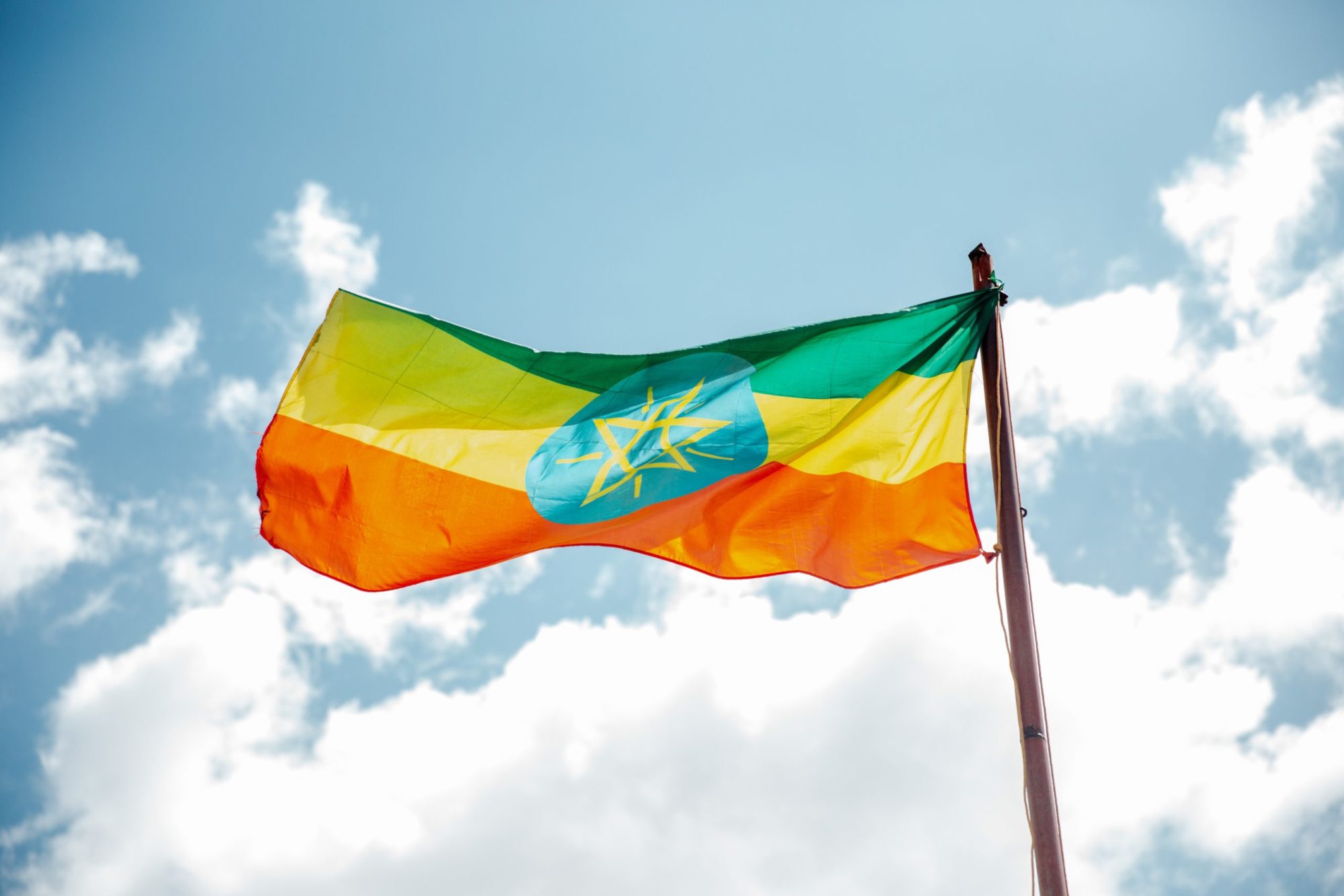In 2019, Ethiopian Prime Minister Abiy Ahmed was awarded the Nobel Peace Prize for his success in finally bringing an official end to the decades-long conflict between Ethiopia and Eritrea.
Since then, eyebrows have been raised by human rights groups at his inaction in the face of oppression and violence. Today, his image is being further marred by the conflict that has recently sparked in the Ethiopian region of Tigray, home to an estimated 6 million people.
This begs the question: how did a leader who only two years ago was recognized on the international stage as a beacon of hope for the country come to be at the center of a human rights crisis in Tigray? What does this mean for the 6 million people living there?
Violence Breaks Out in Tigray
Tensions in Tigray came to a boil in September last year, when the Ethiopian region held its regional elections. These elections were held in defiance of the federal government, who had put elections on hold in light of the coronavirus pandemic. However, the administration of Tigray, believing that the real motivation behind the pause on elections was to keep Prime Minister Abiy Ahmed in power, went ahead with elections as scheduled.
The government responded by halting funding to the region and cutting ties. The regional administration of Tigray declared this action an act of war, and launched an attack on federal troops housed in their region.
On Nov. 4, Ethiopian Prime Minister Abiy Ahmed responded to this attack by launching a military operation into the Tigray region, leading to the outbreak of what is now the nation’s most recent civil war.
The Roots of the Conflict in Tigray
Since 1991, when the Ethiopian People’s Revolutionary Democratic Front (EPRDF) overthrew Derg – a military junta that ruled Ethiopia during a period which is now remembered as the Red Terror – Ethiopia has been governed under the system of ethnic-federalism that is enshrined in its constitution. This system is guided by the ideology of ethnic autonomy, with territories and political parties divided based on ethnic demographics. Under this system, the EPRDF dominated Ethiopian politics with the Tigrayan Peoples’ Liberation Front (TPLF) at its core.
The problem with ethnic-federalism is that it equates territory with ethnicity, when in fact people from all different ethnic groups are inevitably dispersed across Ethiopia. Assigning autonomous governments to territories based on the majority ethnic group results in the sidelining of anyone in that region who belongs to a different ethnic group.
Under Abiy Ahmed, the EPRDF was abolished and replaced with the Prosperity Party (PP). This constituted a bold change for the country, ridding it of the ethnic-based system that was central to its constitution and to its identity. It also resulted in the sidelining of the once-dominant Tigrays, inevitably sowing resentment.
That disruption of political balance, coupled with the at times authoritarian nature of Ahmed’s rule – such as the arrest of his political opponent Jawar Mohammed – eventually devolved into the conflict we see today.
A Humanitarian Crisis
With the neighboring nation of Eritrea now pulled into the conflict and more than 56,000 refugees spilling into Sudan, the conflict in Tigray has reached the international stage.
Within this conflict is a staggering humanitarian crisis that has captured the attention of international leaders. This week, the United Nations estimated that 350,000 people in Tigray are already battling famine as a result of the conflict. On June 11, thousands of civilians were already estimated to have been killed, and 1.7 million have been displaced.
Although both sides have been accused of committing human rights abuses, the majority of accusations fall on the shoulders of the Ethiopian government and allied forces. Even more concerning is that the Ethiopian government, who denies the presence of famine in the region, has prevented civilians from accessing humanitarian aid.
International Response
Among Tigray’s most pressing needs is that of humanitarian access. The European Commission issued a statement on June 10 addressing the crisis. Within this statement was a call for all sides to allow humanitarian access to the 5.2 million people who now require immediate aid, and for the international community to take strong action through humanitarian funding and the condemnation of human rights abuses. The United Nations High Commissioner for Refugees has echoed the call for humanitarian organizations to be allowed access to civilians in crisis.
Further, the nation of Ethiopia should be called upon to demand the withdrawal of Eritrean troops and to allow peaceful investigation of human rights abuses. The United Nations must maintain visits to the country throughout the conflict to put pressure on the government and sustain international attention. They must also declare the highest level of emergency in Tigray, which meets all criteria necessary for such action. This would allow for the faster dispatching of resources, administrative leadership, and overall response to the crisis.
So far, organizations have succeeded in delivering aid to 1.7 million people, but it is not enough. The U.S. alone has pledged $300 million in assistance. Still, UNICEF estimates that 2.3 million children in need of emergency assistance remain cut off from receiving aid.
What You Can Do
- Send an email demanding Prime Minister Abiy Ahmed to allow humanitarian access into Tigray.
- Donate to the United Nations High Commissioner for Refugees relief funds for Tigray.
There is no getting around Ethiopia’s need to resolve the disagreements over the future of Ethiopia’s government and the nation’s identity, but the crisis in Tigray calls for emergency assistance here and now.
- Gene Editing for Crops with Environmental Superpowers - July 14, 2021
- Environment or Economy: Why Not Both? - June 30, 2021
- Unpacking the Humanitarian Crisis in Tigray, Ethiopia - June 16, 2021
